The decision was announced last week in Salzgitter by EWE's top executives Stefan Dohler and Gunnar Groebler of Salzgitter AG. On the occasion of the Handelsblatt-Wasserstoffgipfel, they signed the corresponding memorandum of understanding.
As part of the planned co-operation, EWE and Salzgitter have agreed that EWE will produce and supply the green hydrogen that Salzgitter will use for the production of virtually CO2-free steel.
"Among other things, we are focussing on large-scale green hydrogen production," said Dohler. "By utilising our advanced infrastructure, especially in the area of hydrogen storage in caverns and pipeline transport, we offer Salzgitter the basis for a reliable and safe supply of green hydrogen for steelmaking."
Groebler sees the envisaged co-operation as a further step towards hydrogen-based steel production and thus almost CO2-neutral production.
As part of the SALCOS - Salzgitter Low CO2 Steelmaking - programme, Salzgitter AG will convert its crude steel production to low CO2 steelmaking in three stages by 2033. According to Groebler, this will result in a 95% reduction in CO2 emissions of 8 million tonnes per year in the future.
With the IPCEI Clean Hydrogen Coastline project, EWE is aiming for large-scale hydrogen production. In the process, it wants to build up to 400 megawatts of electrolysis capacity in several sub-projects at system-serving sites adjacent to the German North Sea coast. Depending on the sales market, the company can thus produce up to 40,000 tonnes of green hydrogen per year and structure it reliably via cavern storage.
In addition, there is also the option of expanding production capacities into the gigawatt range in line with demand over the next ten years. However, the company notes that this move would require rapid financing approval at European level.


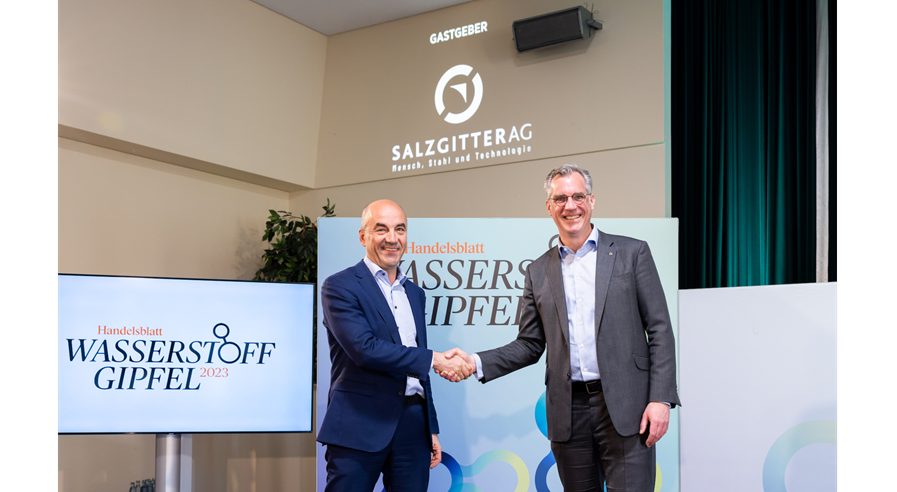
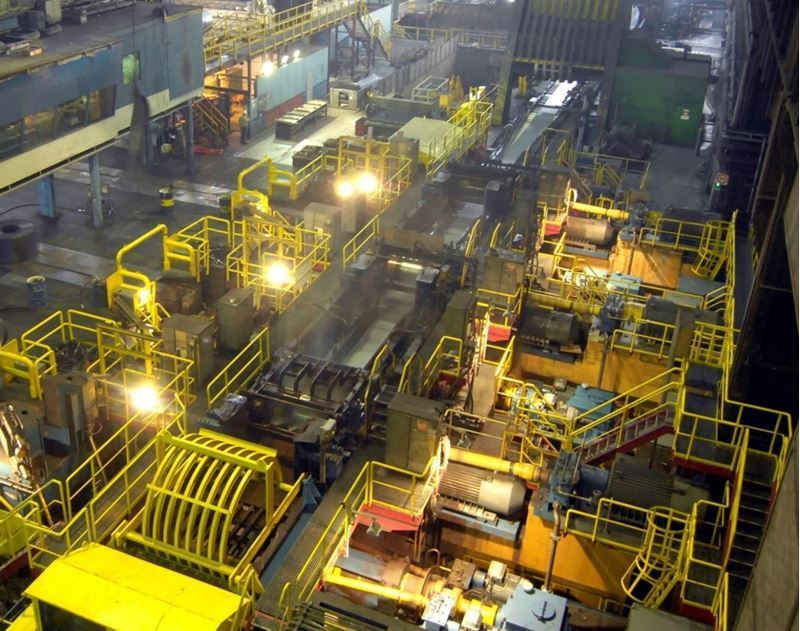
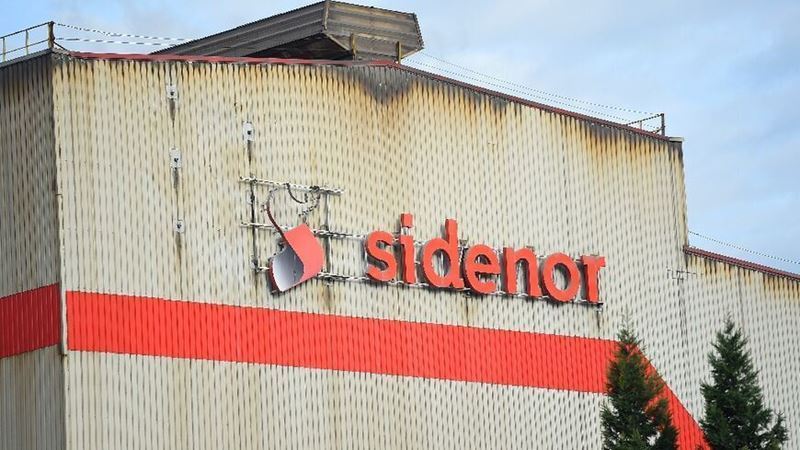
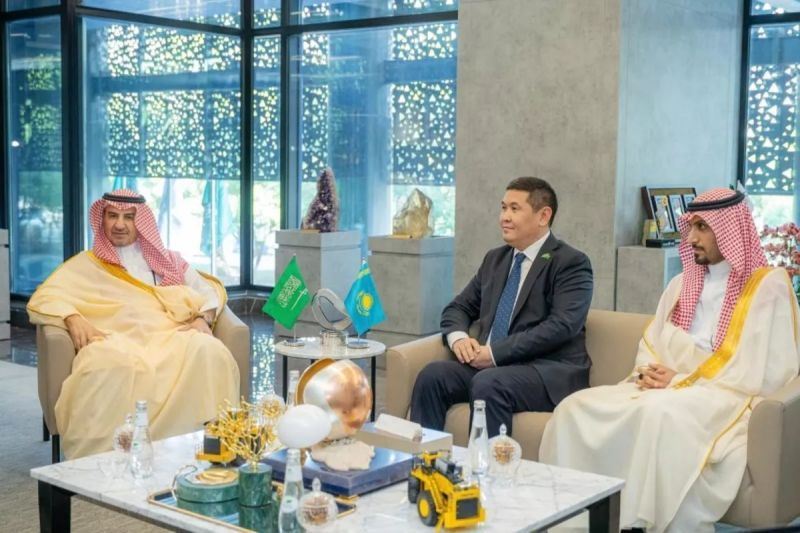
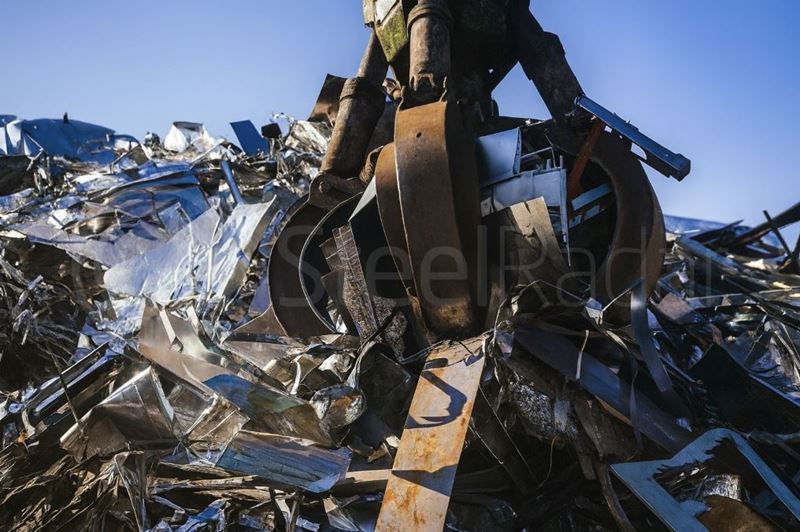
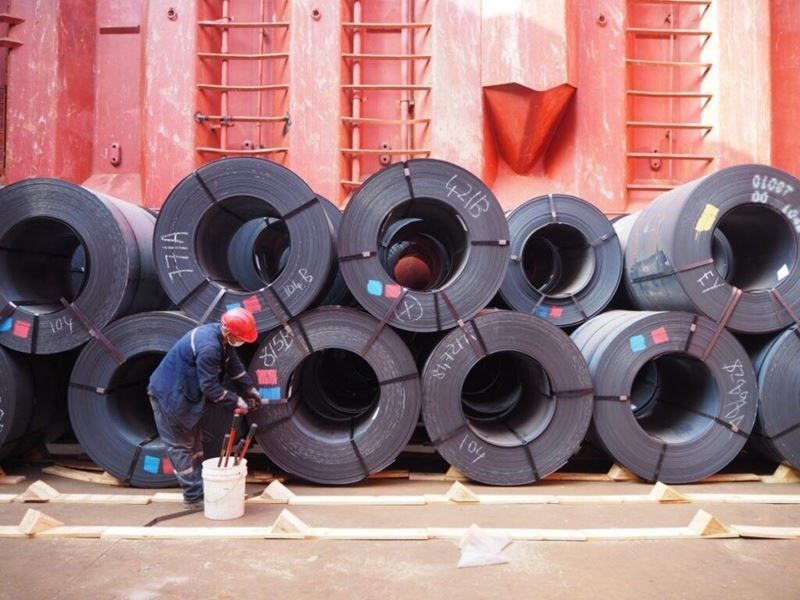

Comments
No comment yet.